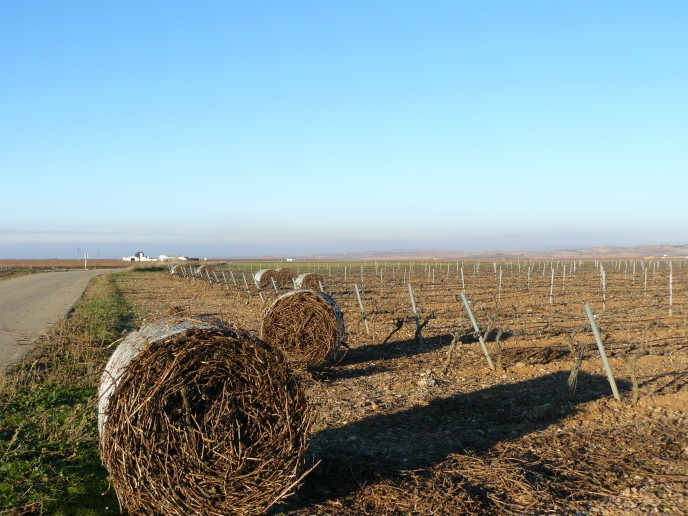How genetic diversity can help vine growers face climate change
The reputation of European wine mostly comes down to the selection of the best varieties, characterised by their taste and the terroir on which they are grown. But new challenges have emerged: if it is to compete in an increasingly globalised market affected by climate change and where consumer preferences are changing, the sector needs dedicated supporting tools. ‘Recently we’ve been witnessing a rediversification pulled by producers developing organic or biodynamic vineyard strategies,’ says Dr Anne- Françoise Adam-Blondon, Research Director at INRA in France. ‘This requires new varieties whose resistance to disease reduces the need for pesticides, while also maintaining the typicality and value of the endproduct. So far this could only be obtained with trial and error in longterm experimentation processes.’ With the INNOVINE (Combining innovation in vineyard management and genetic diversity for a sustainable European viticulture) project, Dr Adam-Blondon and her team had two main objectives: providing stakeholders with tools that would help them better understand the impact of climate change and guide them in the related selection process, as well as developing a ‘portfolio’ of resistance genes to help them build new varieties faster and more efficiently. ‘The project aimed at combining short, medium and long-term approaches to conceive innovative viticulture systems, design and test novel agronomic practices and decision support systems and exploit the genetic diversity of grapevine, which all together will ensure progress towards sustainable viticulture,’ Prof. Adam-Blondon explains. Among other things, the project developed two models able to simulate and predict the impact of vineyard practices and various abiotic stresses on grapevine physiology and berry composition under various climatic scenarios. Several non-destructive phenotyping tools were experimented and validated; different adaptative strategies were tested and fed into the project’s toolbox; as yet uncharacterised germplasm collections for resistance to diseases were screened; and current disease models were improved. ‘Overall, INNOVINE provides a set of diverse and complementary tools and knowledge that will be useful in enabling a more environment-friendly control of diseases: level of resistance of tolerant varieties in field conditions, strategies to reduce the number of chemical treatments, as well as improved monitoring and DSS systems,’ says Prof. Adam-Blondon. Benefits from the lab to the field INNOVINE’s outcomes will be useful not only to growers, but also to scientists and technical advisors/service providers. Prof. Adam-Blondon expects growers to benefit from a significant decrease in pesticide use, making their farms more sustainable. Researchers, on the other hand, should benefit from the vast amount of knowledge generated by the project and tightened links between scientific communities. ‘The project has also enlightened two major topics on which extension services, technical advisors and service providers will have to focus their future work: the implementation of a better high throughput monitored viticulture and a diversification of the varieties that are used,’ says Prof. Adam-Blondon. ‘The most significant economic and environmental results were indeed obtained by using new varieties (resistant to diseases, better yielding in a given environment), but viticultural systems have to be improved in order to exploit this potential.’ In the near future, Prof. Adam-Blondon already intends to use some of the skills, knowledge and tools developed throughout the project to address the issue of wood diseases — which the community of grapevine growers identified as very important in a survey organised by INNOVINE.
Keywords
INNOVINE, varieties, wine production, genedic diversity, climate change, resistance genes, viticulture, berry composition, vineyard, phenotyping







